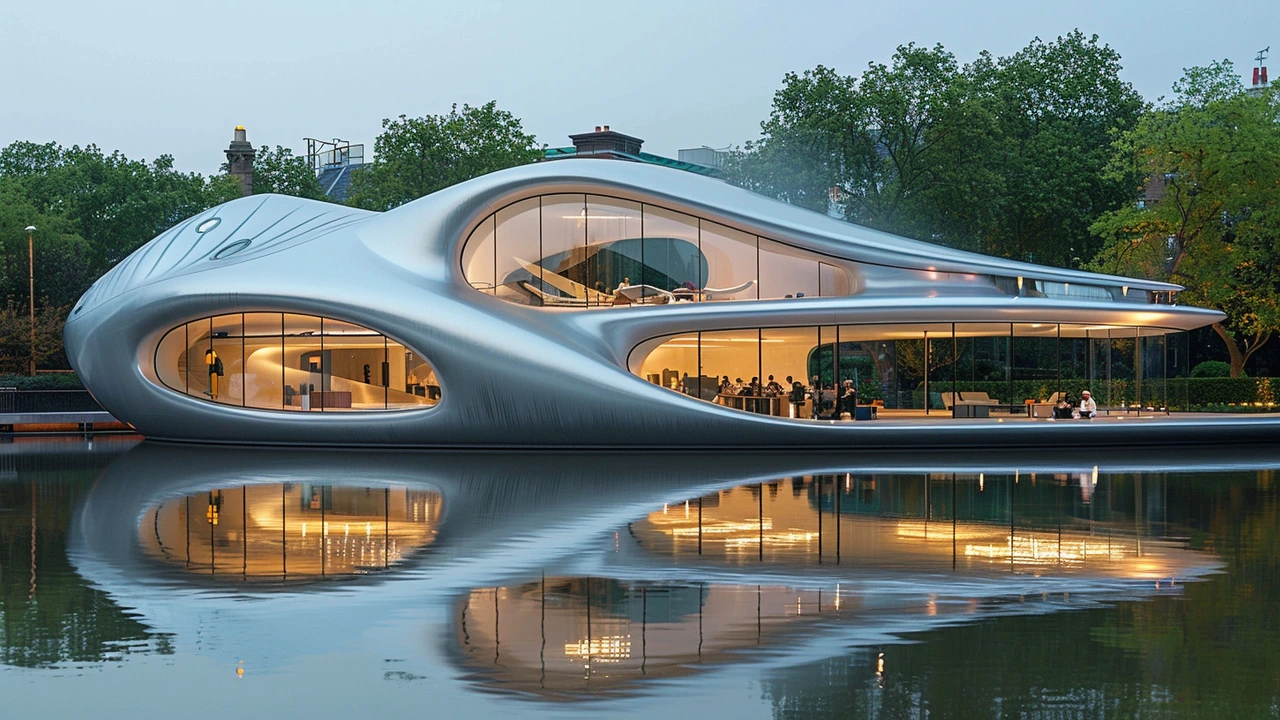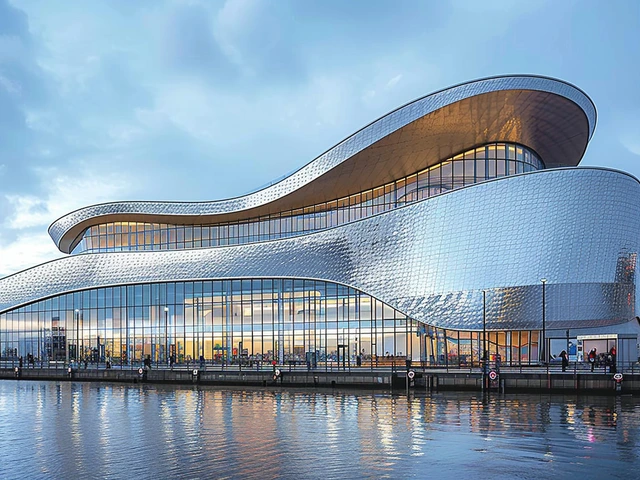Historical Context of Expressionist Architecture
Whenever I wander through the bustling streets of cities worldwide, I can't help but be drawn to the unique and dramatic silhouettes of Expressionist architecture. It's like these structures are alive, whispering secrets of a bygone era. Born out of the turmoil and creativity of the early 20th century, this architectural style stands as a testament to the human need to express emotions and ideas through the built environment. I often think back to the stories my grandparents told of the post-World War I era, a time ripe with societal change and artistic experimentation. Expressionist architecture emerged from this cauldron of innovation, motivated by a desire to break away from traditional forms and convey deeper emotional experiences.
Expressionism, in its core, sought to embody the innermost feelings and psychological states of its creators. Unlike the rigidity of previous architectural styles, it embraced subjectivity, allowing architects to experiment with form, color, and materials in unprecedented ways. The movement was heavily influenced by other artistic fields, notably painting and sculpture, where expressionism had already taken root. I recall a quote from Wassily Kandinsky, a prominent figure in expressionist painting, who once said,
'Color is a power which directly influences the soul.'This very notion seamlessly seeped into the foundations of Expressionist architecture, where color and form were used to evoke specific emotions and create a deeply personal connection with the viewer.
During the 1920s and 1930s, Expressionist architecture flourished in Germany, where architects like Erich Mendelsohn and Bruno Taut made their indelible mark. Mendelsohn's Einstein Tower in Potsdam and Taut's Glass Pavilion for the Cologne Werkbund Exhibition are prime examples of how innovative forms and uses of materials could reflect the dynamism and tension of the modern world. These iconic buildings not only challenged the status quo but also paved the way for future generations to think outside the box of conventional architectural design.
Defining Characteristics of Expressionist Architecture
The more I delve into Expressionist architecture, the more I'm captivated by its defining characteristics. There's a boldness to its forms, an intensity in its use of color, and an overall sense of drama that can't be ignored. One can easily spot an Expressionist building by its dynamic shapes and the way it seems to move and flow, almost as if it's alive. Unlike the structured and orderly aesthetic of classical architecture, Expressionist structures often appear organic, mimicking the irregularities and asymmetries found in nature.
Another hallmark of this style is the innovative use of materials. Architects weren't afraid to experiment, combining traditional elements like brick and steel with glass, concrete, and even new synthetic materials, to achieve their desired effects. This willingness to explore and push boundaries often led to groundbreaking advancements in building techniques and technologies. For instance, the use of glass in Expressionist architecture not only allowed for more natural light but also added a layer of symbolism, reflecting the architects' desire for transparency and a connection with the outside world.
The interiors of Expressionist buildings are just as captivating as their exteriors. Architects paid meticulous attention to detail, ensuring that every element within a space contributed to the overall emotional impact. This included everything from the curvature of walls and the placement of windows to the selection of furniture and lighting fixtures. The result is an immersive experience that engages all the senses, transporting inhabitants and visitors alike into a world where form and function merge seamlessly with emotion and expression.
Iconic Expressionist Buildings and Their Impact
There are certain buildings that, once seen, are never forgotten. They boldly stand as beacons of creativity and innovation, embodying the essence of Expressionist architecture. The aforementioned Einstein Tower and Glass Pavilion are just the tip of the iceberg. Another landmark that continues to fascinate me is the Goetheanum in Switzerland, designed by Rudolf Steiner. Its organic forms and use of concrete in such a sculptural manner were groundbreaking at the time and continue to inspire awe.
In my hometown of Houston, though Expressionist architecture is not as prevalent, there are contemporary examples that carry the torch of this expressive style. Buildings like the Cy Twombly Gallery, with its subtle curves and serene atmosphere, show that the principles of Expressionism can be interpreted in myriad ways, each reflecting the unique vision of its creators.
Expressionist architecture, with its emphasis on emotion, innovation, and the subjective experience, has left an indelible mark on the world. Though the movement was relatively short-lived, its impact can still be felt today, not only in the buildings that remain but also in the continuing influence on architectural theory and practice. As we look to the future, it's clear that the spirit of Expressionism lives on, encouraging architects to dream bigger, push boundaries, and create spaces that truly resonate with the human experience.





